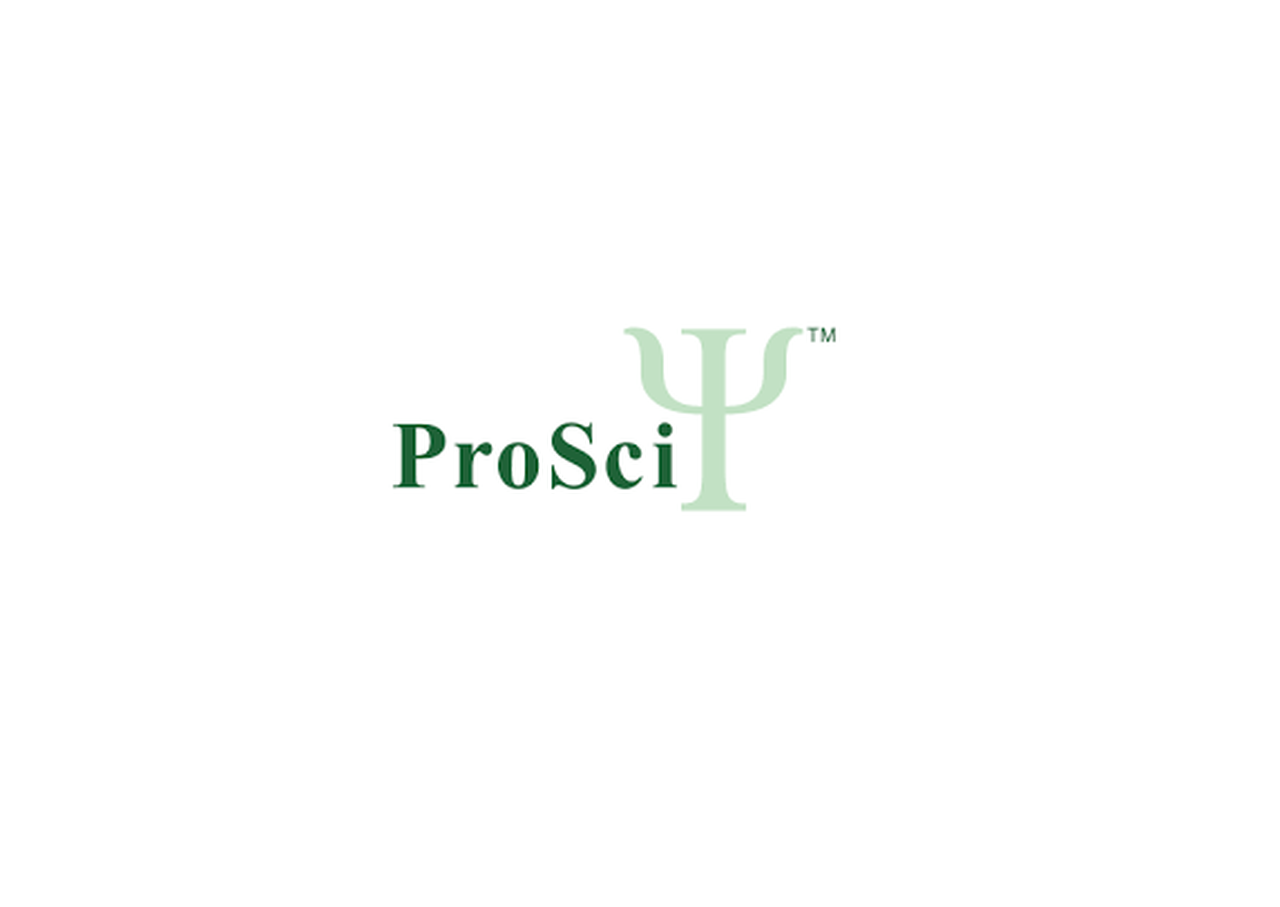Product Description
SFRS2 Antibody | 61-513 | ProSci
Host: Rabbit
Reactivity: Human
Homology: Predicted species reactivity based on immunogen sequence: Bovine, Chicken, Mouse, Pig, Rat
Immunogen: This SFRS2 antibody is generated from rabbits immunized with a KLH conjugated synthetic peptide between 76-105 amino acids from the Central region of human SFRS2.
Research Area: Other
Tested Application: WB
Application: For WB starting dilution is: 1:1000
Specificiy: N/A
Positive Control 1: N/A
Positive Control 2: N/A
Positive Control 3: N/A
Positive Control 4: N/A
Positive Control 5: N/A
Positive Control 6: N/A
Molecular Weight: 25 kDa
Validation: N/A
Isoform: N/A
Purification: This antibody is prepared by Saturated Ammonium Sulfate (SAS) precipitation followed by dialysis
Clonality: Polyclonal
Clone: N/A
Isotype: Rabbit Ig
Conjugate: Unconjugated
Physical State: Liquid
Buffer: Supplied in PBS with 0.09% (W/V) sodium azide.
Concentration: batch dependent
Storage Condition: Store at 4˚C for three months and -20˚C, stable for up to one year. As with all antibodies care should be taken to avoid repeated freeze thaw cycles. Antibodies should not be exposed to prolonged high temperatures.
Alternate Name: Serine/arginine-rich splicing factor 2, Protein PR264, Splicing component, 35 kDa, Splicing factor SC35, SC-35, Splicing factor, arginine/serine-rich 2, SRSF2, SFRS2
User Note: Optimal dilutions for each application to be determined by the researcher.
BACKGROUND: SFRS2 is necessary for the splicing of pre-mRNA. The protein is required for formation of the earliest ATP-dependent splicing complex and interacts with spliceosomal components bound to both the 5'- and 3'-splice sites during spliceosome assembly. It also is required for ATP-dependent interactions of both U1 and U2 snRNPs with pre-mRNA. And it interacts with other spliceosomal components, via the RS domains, to form a bridge between the 5'- and 3'-splice site binding components, U1 snRNP and U2AF. It binds to purine-rich RNA sequences, either 5'-AGSAGAGTA-3' (S=C or G) or 5'-GTTCGAGTA-3' and can bind to beta-globin mRNA and commit it to the splicing pathway.
 Euro
Euro
 USD
USD
 British Pound
British Pound
 NULL
NULL










![SFRS2 Antibody (N-term) [APR31997G] SFRS2 Antibody (N-term) [APR31997G]](https://cdn11.bigcommerce.com/s-452hpg8iuh/images/stencil/500x659/products/872242/1164309/logo__92149.1659788186__44176.1659868392.png?c=2)